carved oak, depicting fruiting vines, flowering thistles, daisies and a coat of arms, 29.8cm x 26.7cm; daisies 30cm x 25.5cm; thistles 30.2cm x 26.7cm; vines 30.2cm x 26.7cm (Qty: 4) Note: During the early nineteenth century in Scotland the Romantics of the period, fuelled by the literary works of Sir Walter Scott expressed a desire to revive aspects of early medieval life and philosophy in an attempt to escape from urban growth and industrialisation. Striking in design and boldly carved, it is likely that these panels are a product of this Revival period, and they undoubtedly share a resemblance to surviving examples of sixteenth century Scottish carvings. Early Scottish oak panelling was often used to front large doors, decorate interior schemes or certain pieces of furniture such as chests, seating or cupboards. Eighteenth century cabinet makers would have certainly looked to a number of historically important examples for inspiration, reproduced in various books, print and exhibitions. A closer look at the present lot reveals three distinct motifs feature prominently: stylised grape clusters sprouting from young vine plants; a series of Scottish thistles in bloom; and an array of more delicate flowering roses or daisies. The use of the rose, thistle and other flowering vine plants is evident in other important examples of early Scottish woodwork, such as The Montrose Panels, currently on display in the National Museums of Scotland, and the St Andrews Cupboard, from the University’s own collection. The St Andrews Cupboard is particularly interesting as it is thought that the featured motifs in these panels are part of an iconographic scheme used to symbolise the marriage of King James IV and Margaret Tudor. The carved thistles in that context are therefore of Royal as well as National significance, representing King James IV and the Scottish Crown. Meanwhile, the delicate scattering of roses and daisies are recognised as emblems of the House of Tudor, thus a reference to Margaret Tudor. In the present lot, the armorial does not appear to have been officially registered and therefore it is difficult to determine whether they link to a particular Scottish family. Nevertheless, the stylistic affinity shared with early medieval oak panelling is clear and they offer a fitting tribute to past traditions in Scottish art and furniture design.
carved oak, depicting fruiting vines, flowering thistles, daisies and a coat of arms, 29.8cm x 26.7cm; daisies 30cm x 25.5cm; thistles 30.2cm x 26.7cm; vines 30.2cm x 26.7cm (Qty: 4) Note: During the early nineteenth century in Scotland the Romantics of the period, fuelled by the literary works of Sir Walter Scott expressed a desire to revive aspects of early medieval life and philosophy in an attempt to escape from urban growth and industrialisation. Striking in design and boldly carved, it is likely that these panels are a product of this Revival period, and they undoubtedly share a resemblance to surviving examples of sixteenth century Scottish carvings. Early Scottish oak panelling was often used to front large doors, decorate interior schemes or certain pieces of furniture such as chests, seating or cupboards. Eighteenth century cabinet makers would have certainly looked to a number of historically important examples for inspiration, reproduced in various books, print and exhibitions. A closer look at the present lot reveals three distinct motifs feature prominently: stylised grape clusters sprouting from young vine plants; a series of Scottish thistles in bloom; and an array of more delicate flowering roses or daisies. The use of the rose, thistle and other flowering vine plants is evident in other important examples of early Scottish woodwork, such as The Montrose Panels, currently on display in the National Museums of Scotland, and the St Andrews Cupboard, from the University’s own collection. The St Andrews Cupboard is particularly interesting as it is thought that the featured motifs in these panels are part of an iconographic scheme used to symbolise the marriage of King James IV and Margaret Tudor. The carved thistles in that context are therefore of Royal as well as National significance, representing King James IV and the Scottish Crown. Meanwhile, the delicate scattering of roses and daisies are recognised as emblems of the House of Tudor, thus a reference to Margaret Tudor. In the present lot, the armorial does not appear to have been officially registered and therefore it is difficult to determine whether they link to a particular Scottish family. Nevertheless, the stylistic affinity shared with early medieval oak panelling is clear and they offer a fitting tribute to past traditions in Scottish art and furniture design.

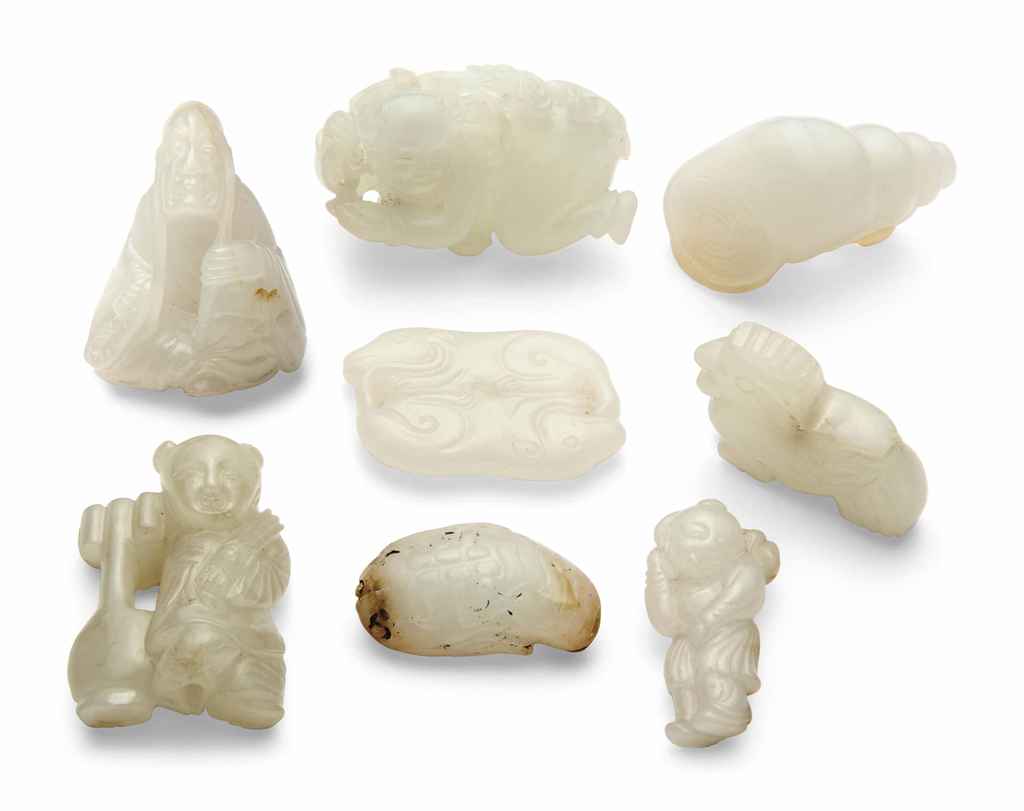


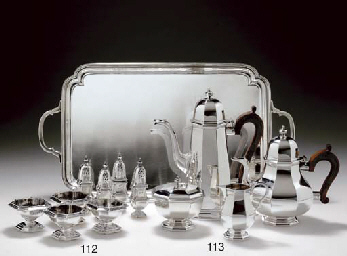
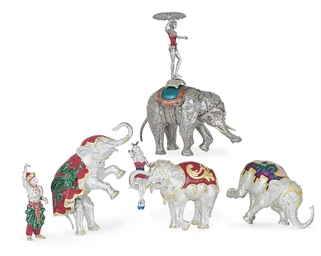
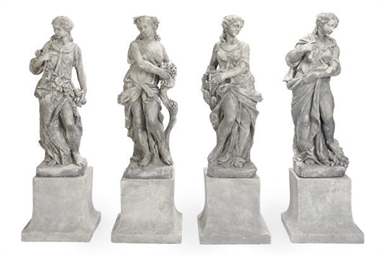

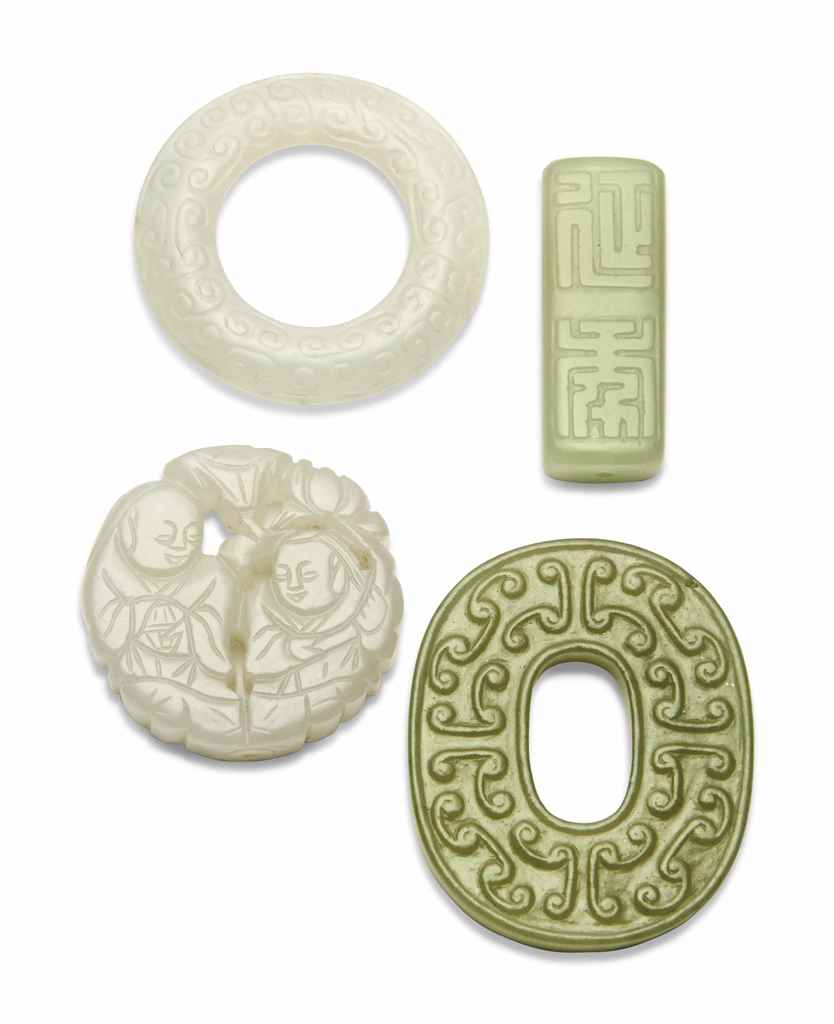

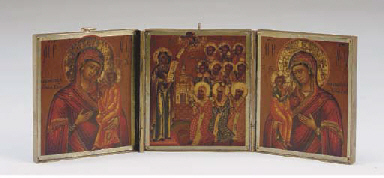
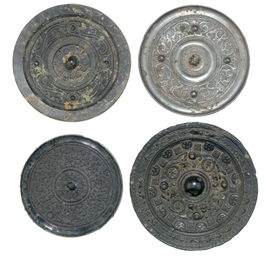

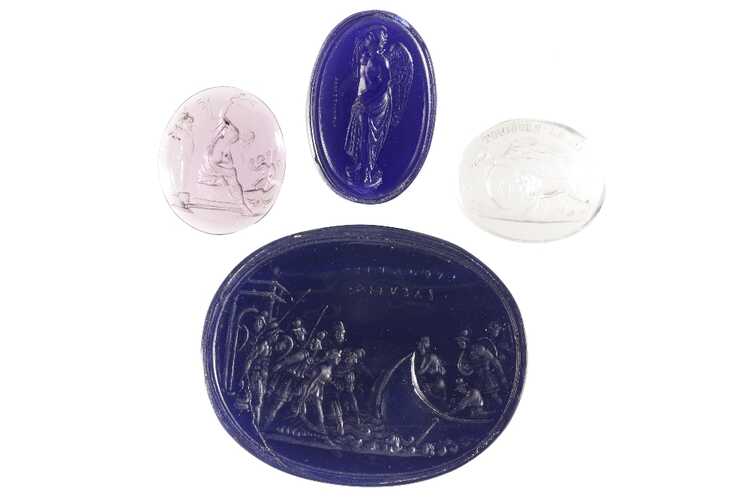

Testen Sie LotSearch und seine Premium-Features 7 Tage - ohne Kosten!
Lassen Sie sich automatisch über neue Objekte in kommenden Auktionen benachrichtigen.
Suchauftrag anlegen